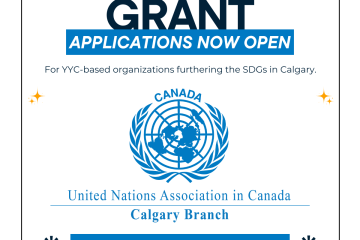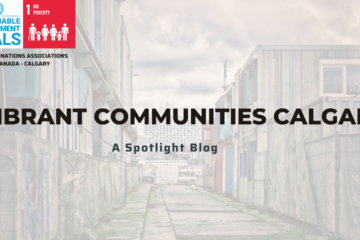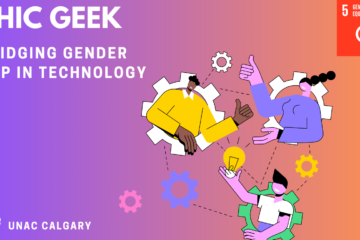
Image source: https://sdgs.un.org/goals/goal16
UNSDG 16: Global Governance versus Sovereignty
Part 1: The Global Context
By: Angelina Patoka
This post is an elementary introduction and interpretation of the premises and dilemmas of UNSDG 16.
The United Nations Sustainable Development Goal 16 (UNSDG 16): Promote just, peaceful and inclusive societies, aims at promoting “peaceful and inclusive societies for sustainable development, provide access to justice for all and build effective, accountable and inclusive institutions at all levels.” This Goal usually appears in the discourse concerning developing states and or emerging states like Brazil, Russia, India, China, and South Africa (the BRICS), which struggle with fragile democracy or authoritarianism. At the same time, the premises thereof concern the entire international community due to a number of challenges presented by how the principles of sovereignty, security, humanitarianism and environmentalism intersect one another.
Most global organizations and institutions, such as the UN, are viable platforms for diplomacy and international coordination as they arguably introduce more equity to member states that are otherwise dwarfed underneath the geopolitical pressures of great powers, though some critics claim that this involves the diminishing of state sovereignty.
To clarify, one of the key characteristics of the Westphalian foundation of contemporary sovereignty includes non-interference in a state’s domestic affairs. This principle is further reinforced by the UN Charter’s Article 2(7) and Article 2(4), which prevents the UN or one nation state from intervening in another member state’s jurisdiction.
The problem is that global governance necessitates some level of intrusion. Particularly in support of weak institutions as per UNSDG 16.
However questionable, much of the efforts of Western states to promote democracy overseas are based on the belief and evidence that democratic states never to go war against each other and the tendency of democracies to have better human rights records than their counterparts. When one combines this with some of the fundamentally democratic characteristics of Goal 16 it is easy to see why authoritarian states may feel threatened and openly resist any semblance of change to the national status quo.
The matter is further complicated by the possibility that a state could have strong institutions in the absence of justice and transparency and the enduring criticism surrounding the democratic Western states’ intentions in exploiting the morality of human security to topple and erect political regimes in their favour. Hence UNSDG 16 arguably bears an ideological tone that challenges even the most ‘stable’ authoritarian regimes.
Then what warrants global intervention?
Perhaps the most renowned challenge to the principle of non-interference remains the Responsibility to Protect (R2P or RtoP), which represents the international community’s commitment to responding to highly probable humanitarian crises. Namely, it is an international commitment to protect “populations from genocide, war crimes, ethnic cleansing and crimes against humanity.”
Though, much like the Universal Declaration of Human Rights, R2P is not legally binding it is unique in its insinuation that human rights demand expeditious preventative action on an international scale in addition to worldwide condemnation and post-crisis litigation.
Moreover, it represents the insinuation that the importance of human security is significant enough to blur the lines between the global and the local.
For context, R2P (or RtoP) first emerged in response to several post-Cold War humanitarian crises in the 1990s, including the infamous Rwandan Genocide and a resurgence in human rights efforts and genocide prevention measures, which have been undertaken by several states and bodies within the UN system. But it wasn’t until 2009 that a Report of the Secretary-General outlined the three pillars of R2P: (I) The protection responsibilities of the state (in sect. II of the report). That is, the responsibility of each state to protect its inhabitants. (II) International assistance and capacity-building (sect. III), including the responsibility of the international community to assist states in protecting their populations. Lastly, (III) timely and decisive response (sect. IV), or the responsibility of the international community to protect when a nation state is failing to protect its populace.
Criticisms of this concept, however, have been around since its inception with many analysts and commentators arguing that despite the dozens of R2P resolutions approved by the UN Security Council response by the international community has been partial to various state interests. Among them the staunch anti-Western sentiment among less democratic states, which again loops back to possible underlying ideological connotations in UNSDG 16 and perceived challenges to sovereignty that non-democratic states are uncomfortable with.
From this vantage point it may seem as though Canada’s role relative to Goal 16 is that of a democratic leader as part of the Western clique, but nothing is ever so simple.
So, what is UNSDG 16 in a Canadian context?
Coming soon: Check out part two of this post
———————————————————
Angelina Patoka is University of Calgary undergraduate student who is starting the fourth year of her combined political science and international relations degree. She is interested in all aspects of global governance, particularly security issues stemming from international conflicts and disagreements. Angelina began volunteering with UNAC Calgary in late 2020 and she is excited to share and discuss how Canada is affected by ever-evolving globalism.


